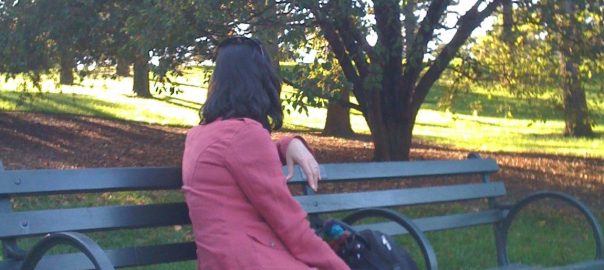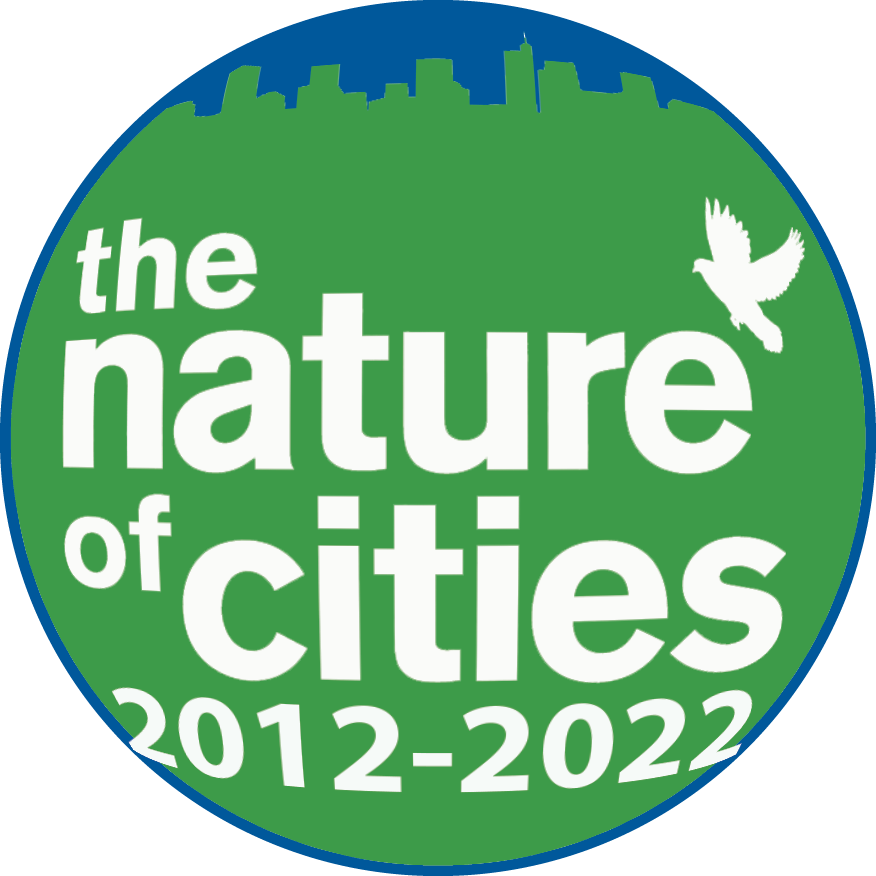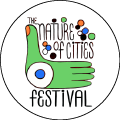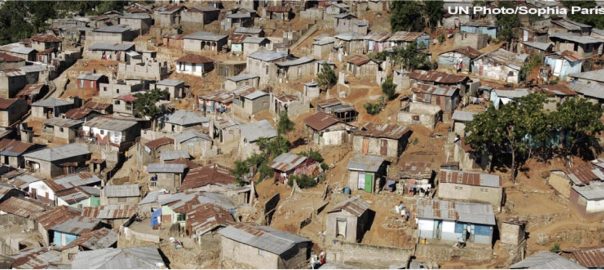12 August 2014
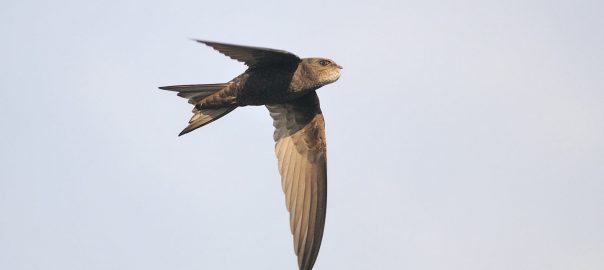
The swifts have gone. They left about a week ago and the sky is silent over British towns and cities. By now they will be well on their way south, quartering marshes in the south of France and Spain, making for Gibraltar where they cross to Africa; airborne now until...
2 Comment(s)Join our Conversation
6 August 2014
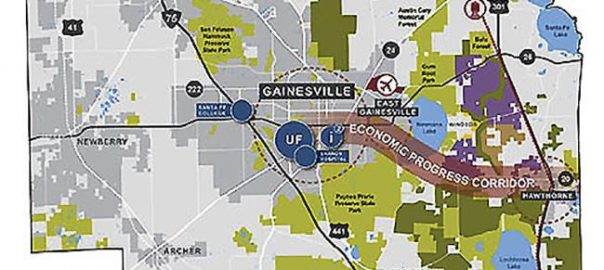
Collectively, researchers over the past 60 years (or more) have collected a good deal of data on urban biodiversity and impacts on urban plants and animals. From urban gradient studies to patch dynamic studies, we have a plethora of empirical data that suggests how various urban designs would impact various...
1 Comment(s)Join our Conversation
2 August 2014
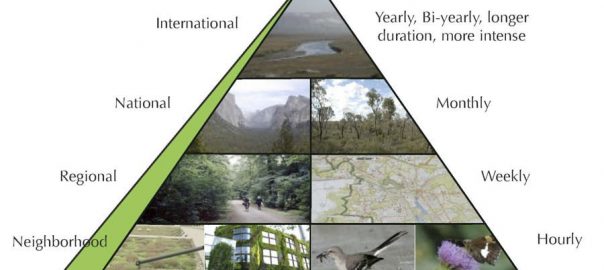
(This encore publication originally appeared at TNOC on 7 August 2012.) I have long been a believer in E.O. Wilson's idea of biophilia; that we are hard-wired from evolution to need and want contact with nature. To have a healthy life, emotionally and physically, requires this contact. The empirical evidence of this is overwhelming: exposure...
2 Comment(s)Join our Conversation
28 July 2014
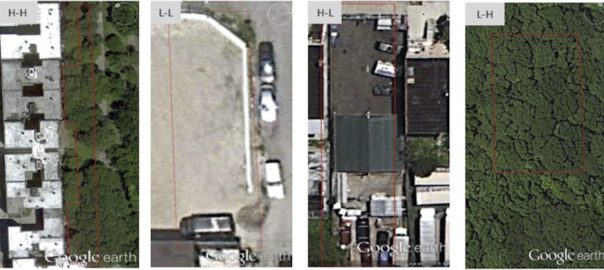
(This encore publication originally appeared at TNOC on 21 August 2012.) Walk through any major city and you’ll see vacant land. These are the weed lots, garbage strewn undeveloped spaces, and high crime areas that most urban residents consider blights on the neighborhood. In some cases, neighbors have organized to transform...
4 Comment(s)Join our Conversation
24 July 2014
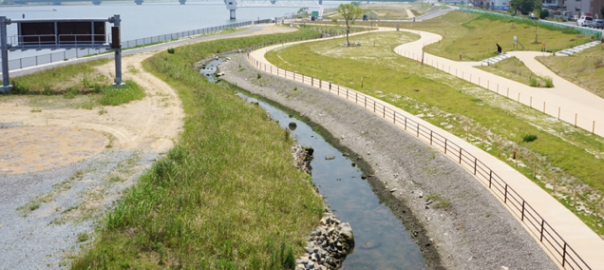
We have been designing school gardens, river banks, urban forests and city parks over the last 12 years. I’ve written about school garden and city park design project in former articles. The aim of these projects are to create areas for children’s play, ecological education, and biodiversity preservation that can simultaneously form...
5 Comment(s)Join our Conversation
20 July 2014
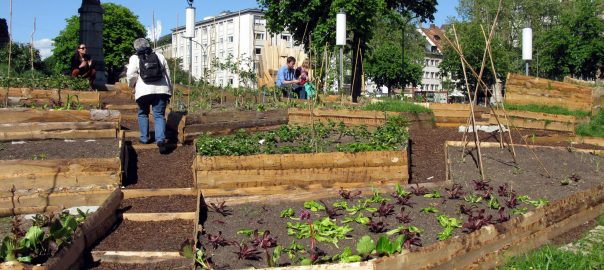
In my last post, I wrote that efficient urban sustainability policy should be inclusive, in the sense that it should address sustainability in an area large enough to encompass urban centers, but suburban, periurban and dependent rural, or natural places. I called for planners to abandon the “false dichotomy between...
0 Comment(s)Join our Conversation
7 July 2014
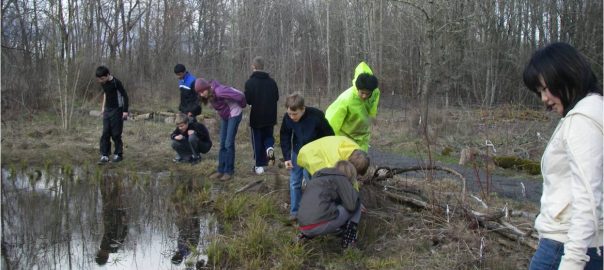
22 Comment(s)
Join our Conversation
6 July 2014
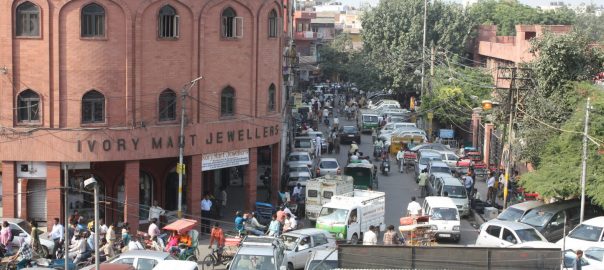
The recent World Health Organisation (WHO) report on Ambient Air Pollution for 2014 showcases a variety of alarming results: across 1600 cities from 91 countries, and covering the period from 2008 to 2013, the cities with the lowest levels of urban air quality in the world lie in India. Delhi...
1 Comment(s)Join our Conversation
25 June 2014
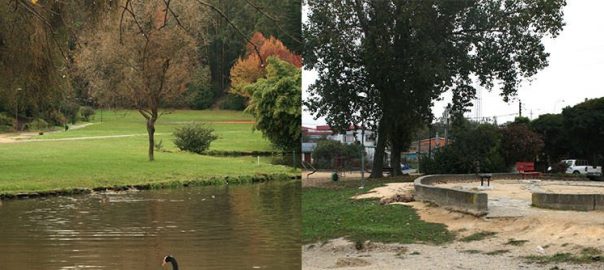
My interest in learning about the services that natural areas provide to the community begun after the earthquake that hit south-central Chile on February 27, 2010. Though no major infrastructure damage occurred, the earthquake, tsunami and countless aftershocks caused great fear in the population, who were in particular insecure to...
1 Comment(s)Join our Conversation
22 June 2014
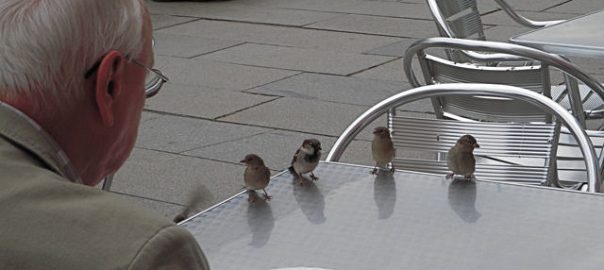
A friend once told me about the time he started finding dry dog food pellets mysteriously appearing in his pockets every time he put on a freshly laundered and dried pair of pants. Dr. Will Turner had a dog, of course, and recognized the pellets as the same kind he offered his...
2 Comment(s)Join our Conversation
18 June 2014
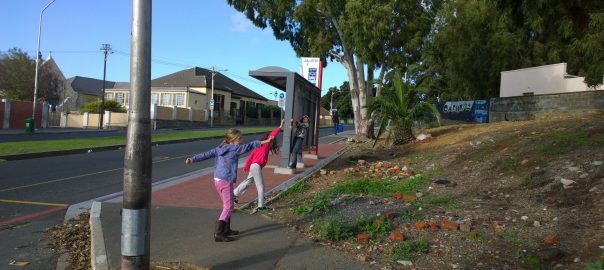
Spurred on by some students who asked me earlier in the year what sort of personal activism I pursue in relation to my views around the importance of forwarding and preserving functioning urban ecologies, I decided to embark on a bit of guerilla gardening in the form of a seed...
3 Comment(s)Join our Conversation
15 June 2014
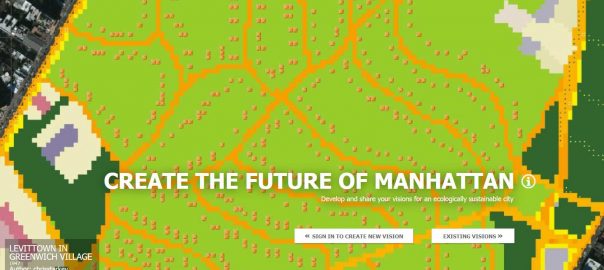
If Thoreau were alive today, he might move to Brooklyn, not the woods. Cities of the early 21st century are where life can be lived most intensely, the place for sucking, routing, shaving, and driving life into the corner, as Thoreau famously described the purpose of his retreat to Walden...
1 Comment(s)Join our Conversation
11 June 2014
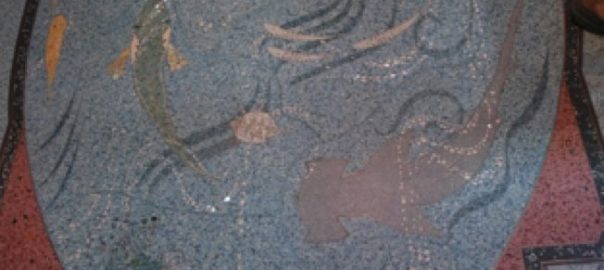
While we are increasingly a planet of cities, we must not forget that we live and share space on the blue planet. We rarely put these two realms (or words) together, but we must begin to. By some estimates, two-thirds of our global population lies within 400 kilometers of a...
1 Comment(s)Join our Conversation
9 June 2014
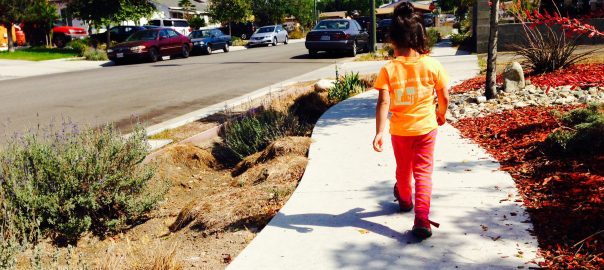
22 Comment(s)
Join our Conversation
8 June 2014
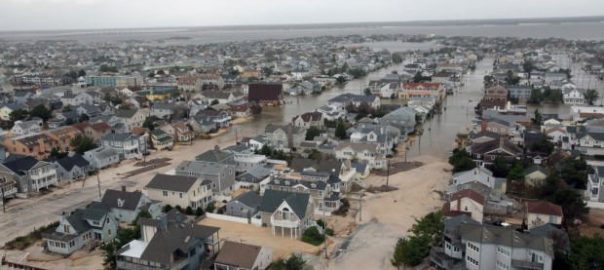
Cities around the world are making plans, developing agendas, and articulating goals for urban resilience, but is urban resilience really possible? Resilience to what, for what, and for whom? Additionally, resilience is being used in many cases as a replacement for sustainability, which it is not. Resilience and sustainability need...
20 Comment(s)Join our Conversation
1 June 2014
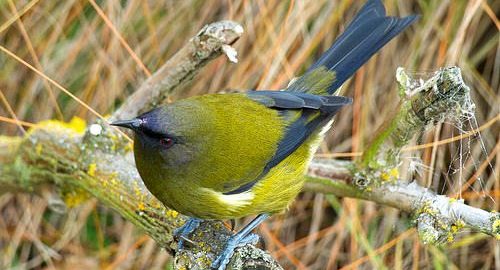
In my first blog way back in December 2012 I introduced you to the Christchurch earthquakes of 2010 and 2011 and the devastation that followed to our beautiful “Garden City”. And also to vegetation studies that I initiated in the “Residential Red Zone” (RRZ), where c. 8,000 properties were abandoned...
2 Comment(s)Join our Conversation
28 May 2014
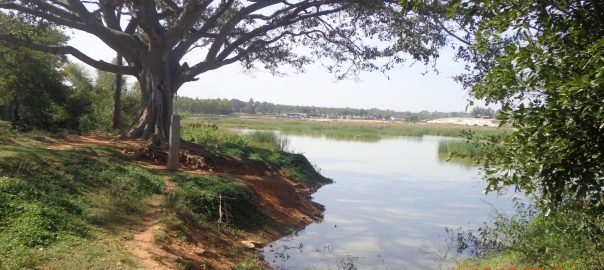
From my office, on the 9th floor of a tall building in an academic campus in Bangalore, I have a birds-eye view of the city’s peri-urban surroundings. To the west, I can see a 6-lane high-speed highway choked by traffic, full of people frenetically commuting from their homes in city...
1 Comment(s)Join our Conversation
18 May 2014
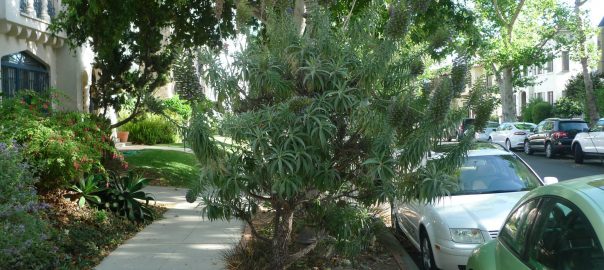
My view of nature in the city is often informed by my own experiences in my part of the world: Los Angeles, California. About 5 years ago I was given a Palo Verde tree which my husband and I planted in a strategic location to provide shade and beauty in...
1 Comment(s)Join our Conversation
14 May 2014
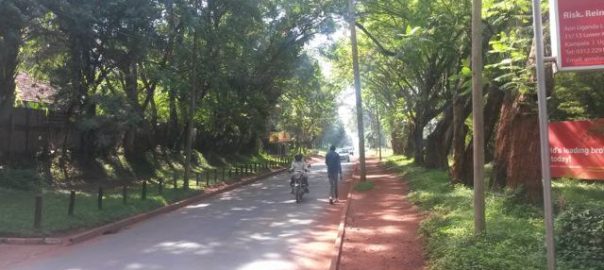
This article is a follow up on the worldview on urban nature that illustrated the fragmentation of urban natural landscapes. The aim of this article is to take the discourse further by assessing possible approaches for appropriate mixes of built up form and nature that can be integrated through reconfiguring...
2 Comment(s)Join our Conversation

